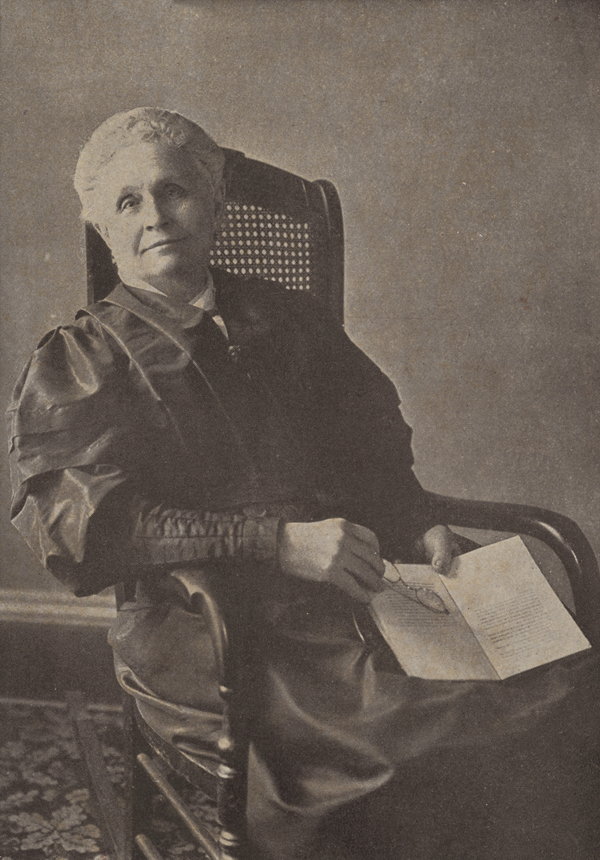Eliza Ripley
Eliza Ripley recounts life in antebellum Louisiana, focusing on the habits and customs of typical upper-class New Orleans households.

Courtesy of University of North Carolina Chapel Hill
Eliza Moore Chinn McHatten Ripley. New York; London: D. Appleton and Company (publisher)
Though born in Kentucky, writer Eliza Ripley wrote about her life in Louisiana in two books: From Flag to Flag (1889) and Social Life in Old New Orleans (1912). In the former, she describes her Civil War experiences, focusing on her flight from Louisiana to Texas, Mexico, and Cuba. Her second book consisted primarily of reminiscences from her New Orleans childhood. Together these books provide a unique view of the manners and culture of antebellum Louisiana from the perspective of planter’s wife.
Eliza Moore Chinn was born February 1, 1832, the tenth of twelve children born to Judge Richard Henry Chinn and Betsy Holmes in Lexington, Kentucky. Three years later the family moved to New Orleans, where she enjoyed an idyllic childhood among the privileged upper class. After attending an exclusive New York City boarding school, she married James Alexander McHatton in 1852 in Kentucky. The couple resided on Arlington Plantation, a few miles south of Baton Rouge, where they narrowly escaped the approach of the Union Army in 1862 by quickly evacuating to Texas with their two children, Henry and an infant son.
The infant died in Houston, and the McHattons roamed Texas and Mexico for the next three years. In 1865 a daughter, Annella, was born in Mexico. Finally, the family moved to Cuba, where James McHatton ran a sugar plantation, Desengaño, until his death in 1872. Following her husband’s death, Eliza returned to the United States, where she married Dwight Ripley on July 9, 1873. A daughter, Elise, was born the next year.
Ripley’s professional literary career began late in life when she published From Flag to Flag (1888), an account of her Civil War experiences, at the age of 56. A second book, Social Life in Old New Orleans, was developed from a series of articles originally published in the New Orleans Times-Democrat. In this book, Ripley reminisced about her aristocratic lifestyle in antebellum New Orleans, describing fashions, social customs, contemporaries, hairstyles, furnishings, shopping, and numerous topics that had received little attention. Ripley’s nostalgic reminiscences also reveal social mores and the prevailing prejudices of the time.
Negotiations for publication of Social Life in Old New Orleans were completed one day before her death on July 13, 1912, in New York City. The University of North Carolina has both of her books online as part of its Web site, “Documenting the American South.”
